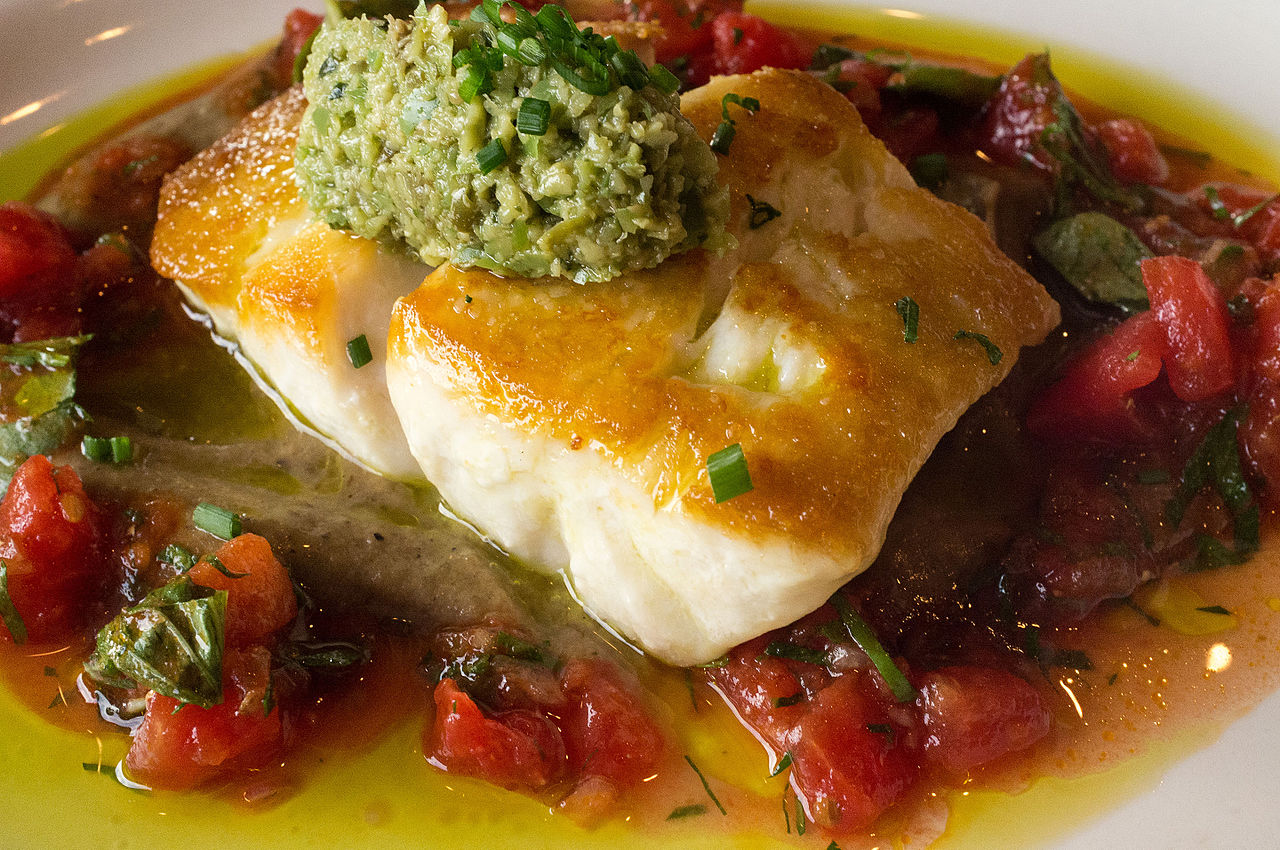UBC study finds a quarter of seafood in Vancouver mislabelled

By Marina Wang
The next time you dole out for some pricey red snapper at a restaurant, there’s a strong possibility that you’re actually paying for cheaper tilapia. A new study from UBC has found that an average 25 per cent of seafood sold in Metro Vancouver is mislabelled, with red snapper being the most commonly swapped out fish.
The study took 285 samples from restaurants, grocery stores and sushi bars and genetically tested the samples to determine the actual species. Tilapia often took the place of snapper, which at 91 per cent was the most commonly mislabelled fish. Researchers also found that sutchi catfish replaced more expensive fishes such as halibut, snapper, sole and cod. More economically innocuous mistakes were also made, such as replacing pink salmon with sockeye.
Restaurants had the highest rate of mislabelling at 29 per cent, followed by grocery stores at 24 per cent. Sushi bars had the lowest at 22 per cent.
“Our study demonstrates the importance of improving both the regulation of seafood labelling, and the transparency of the fish supply chain,” said XiaoNan Lu, UBC professor of food science.
Before seafood hits the table, it often goes through a complex supply chain and naming convention. A fish raised in Canada might be processed in the United States or China and sold back to Canadian consumers. Mislabelling, whether intentional or not, could occur at any stage of the supply chain.
Intentional mislabelling constitutes food fraud, or the misrepresentation of food for economic gain. The worldwide problem is estimated to cost the industry between $30 and 40-billion each year.
“Seafood fraud cheats Canadian consumers and hurts local, honest fishers as well as chefs and seafood companies looking to buy sustainable seafood,” said Julia Levin, seafood fraud campaigner with Oceana Canada. “It causes health concerns and masks global human rights abuses by creating a market for illegally caught fish.”
“This situation compromises consumer choice and even facilitates laundering illegally harvested seafood into the domestic market, at the expense of legitimate suppliers,” said Robert Hanner, chief technology officer at TRU-ID, the DNA certification company that tested the seafood. “This situation must change.”
To improve transparency, the researchers suggested using the same naming conventions across major trading countries, requiring scientific names to be put on labels and include more information on the location the fish was caught or farmed, processing history, and the farming or catching methods used.



